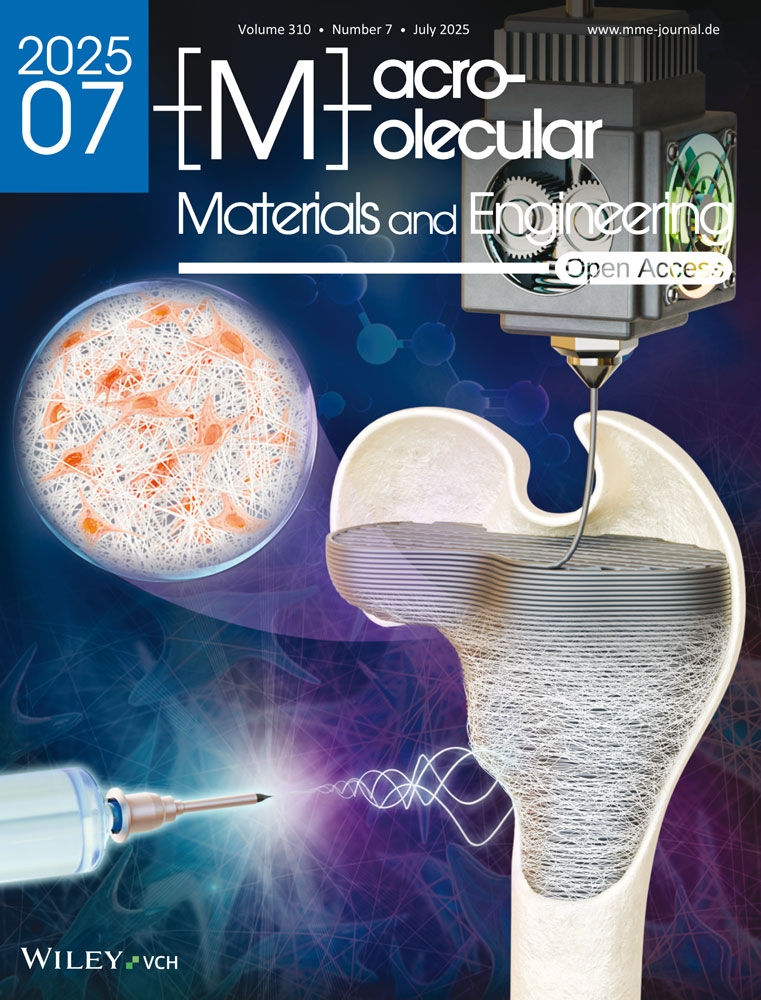Studies on hexolic anhydride based polyesters, II†. Thermogravimetric analysis
Part I cf. Angew. Makromol. Chem. 187 (1991) 169.
Abstract
enUnsaturated polyesters based on hexolic anhydride (5,6,7,8,9,9-hexachloro-1,2,3,4,4a,5,8,8a-octahydro-5,8-methanonaphthalene-2,3-dicarboxylic anhydride), maleic anhydride, phthalic anhydride, cis-2-butene-1,4-diol, 2,3-dichloro-2-butene-1,4-diol and 2,3-dibromo-2-butene-1,4-diol were synthesized. The thermal behaviour of the polyesters was studied using thermogravimetric technique. The results were compared with those available for other hexolic anhydride and HET-acid (1,4,5,6,7,7-hexachlorobicyclo[2.2.1]hept-5-ene-2,3-dicarboxylic acid) based polyesters. The direct study and comparative study of the polyesters revealed that the bromodiol is prominent in increasing the flame retardant character of the polyesters in which it is incorporated; alkenic diols are inferior compared to saturated diols regarding the thermal stability of the polyesters; as the number of carbon atoms in the saturated diol increases, the stability and flame retardancy of the polyesters decrease; branching in the diol part decreases the stability of the polyesters, with hexolic anhydride based polyesters being thermally more stable than HET-acid based polyesters.
Abstract
deUngesättigte Polyster, besierend auf „hexolic anhydride”︁ (H) (5,6,7,8,9,9-Hexachlor-1,2,3,4,4a,5,8,8a-octahydro-5,8-methanonaphthalin-2,3-dicarbonsäureanhydrid), Maleinsäureanhydrid, Phthalsäureanhydrid, cis-2-Buten-1,4-diol, 2,3-Dichlor-2-buten-1,4-diol und 2,3-Dibrom-2-buten-1,4-diol wurden hergestellt. Das thermische Verhalten dieser Polyster wurde thermogravimetrische untersucht; die Ergebnisse wurden mit denen von anderen Polyester auf Basis von H und HET- Säure (1,4,5,6,7,7,-Hexachlorbicyclo[2.2.1] hept-5-en-2,3-dicarbonsäure) verglichen. Es wurde gefunden, daß der Einbau des Bromdiols sich sehr gunstig auf das Brandverhalten der Polyester auswirkt; Alken-Diole sind bezüglich der thermischen Stabilität der damit hergestellten Polyester den gesättigten Diolen unterlegen. Mit zunehmender Zahl an Kohlenstoffatomen im gesättigten Diol nimmt die Stabilität und Flammwidrigkeit der Polyester ab. Verzweigungen im Diol verringern die Stabilität der Polyester, wobei Polyester auf der Basis von H thermisch stabiler als die mit HET-Säureeinheiten sind.




